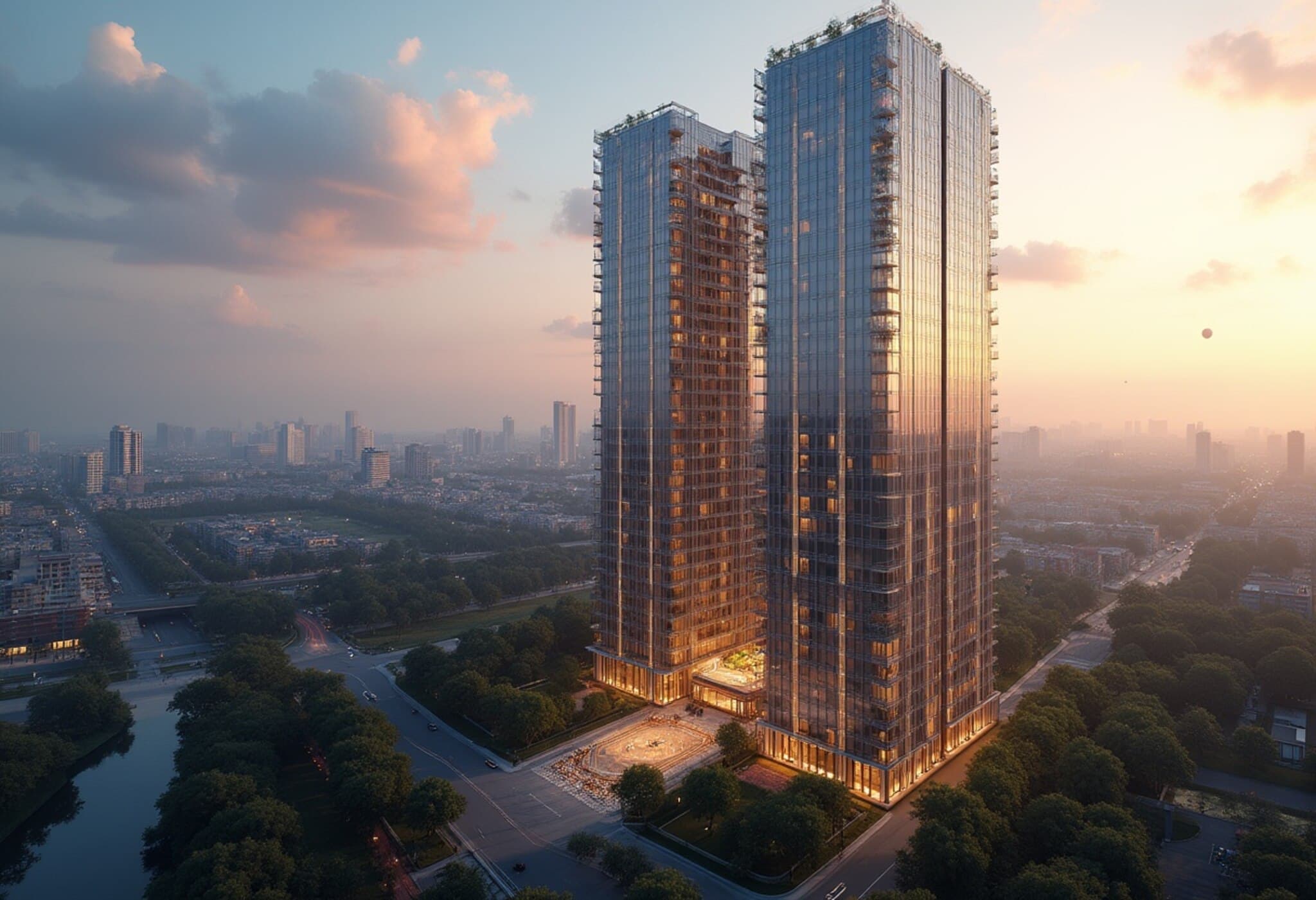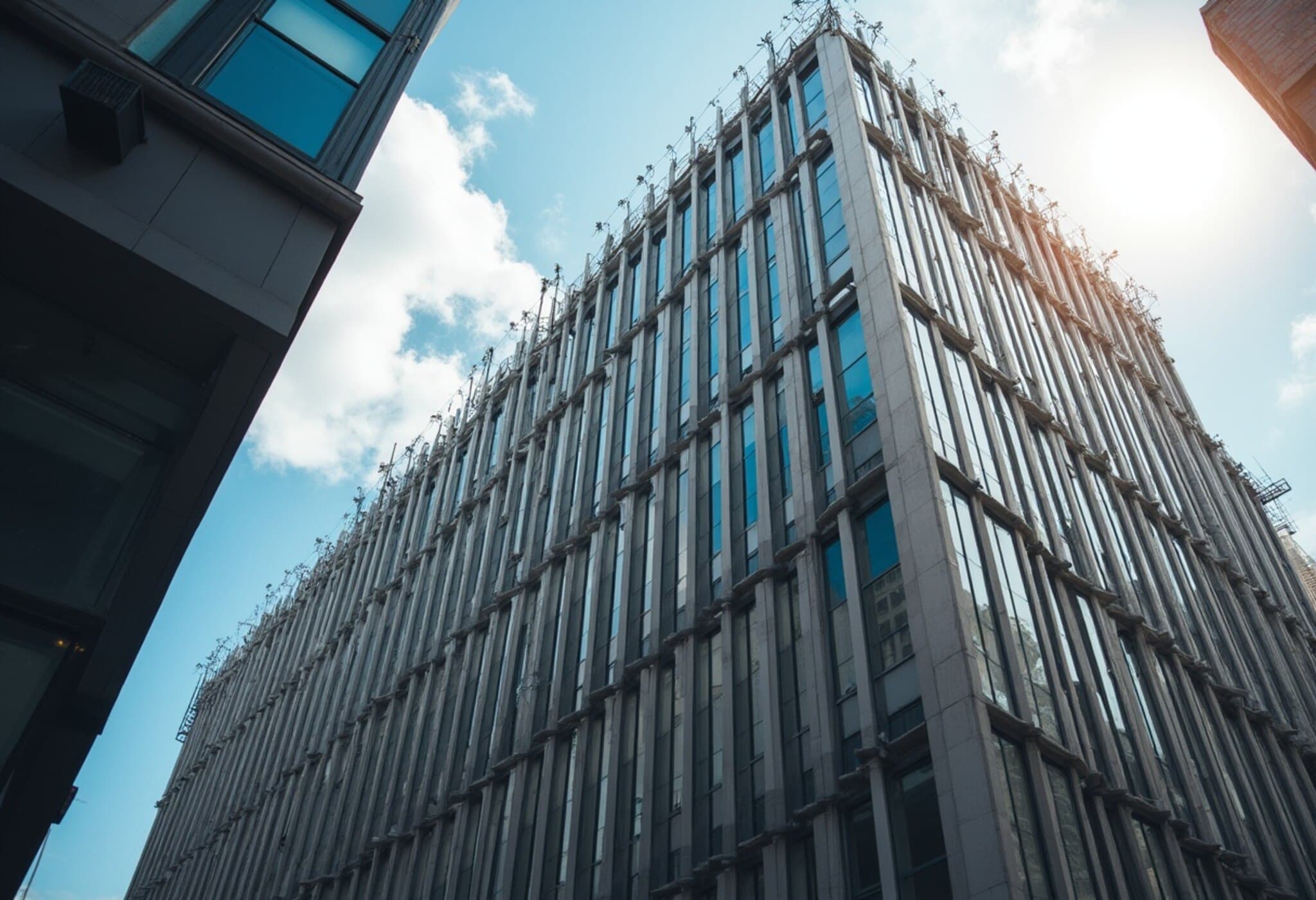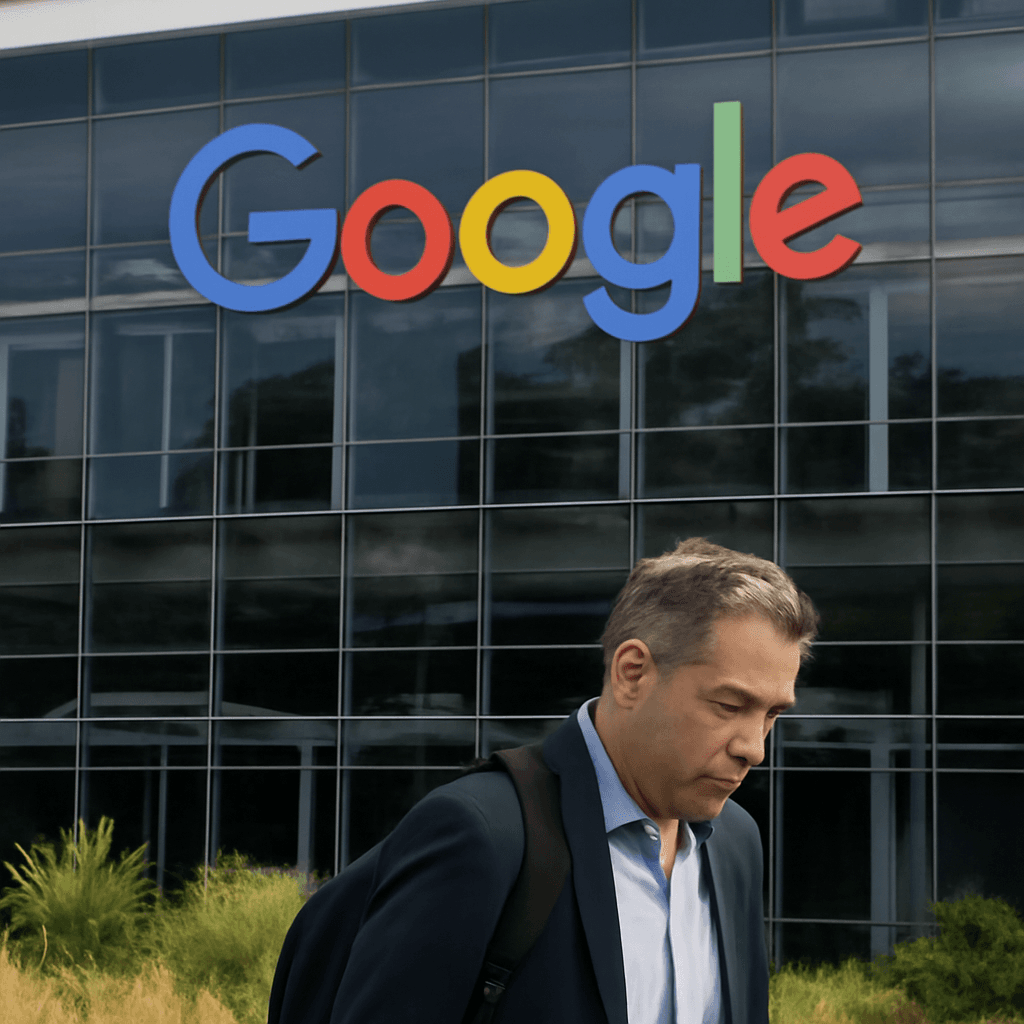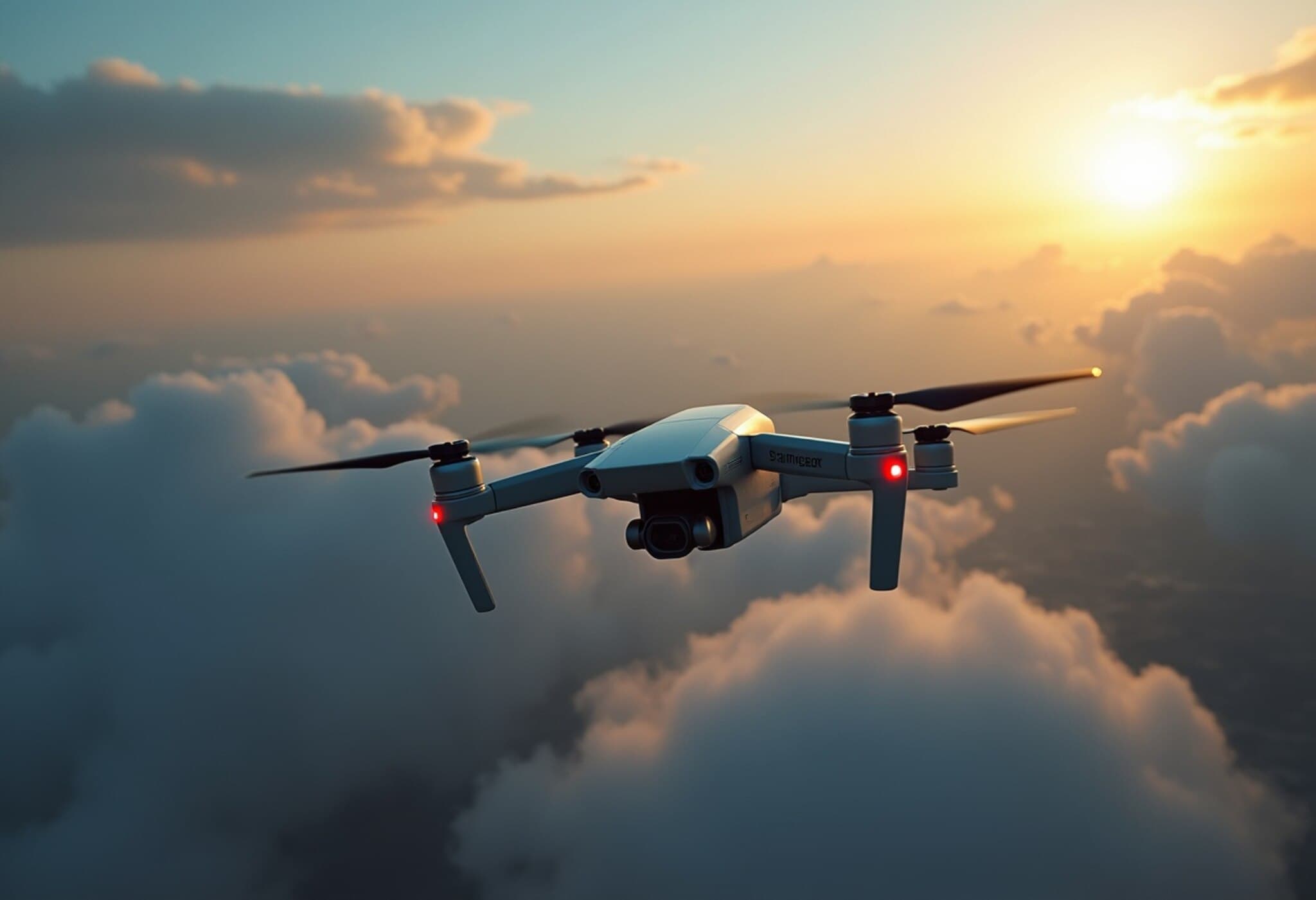Revolutionizing Office Spaces Through Innovative Body Heat Sensing Technology
As the modern workplace evolves post-pandemic, companies are seeking smarter solutions to optimize how office spaces are utilized. A fascinating innovation making waves in this realm is the use of body heat sensors paired with artificial intelligence (AI) to track occupancy and interactions anonymously, thereby enhancing office efficiency and employee satisfaction.
From Pandemic Shift to Data-Driven Workspace
The global shift toward remote and hybrid work models has left many employers rethinking the traditional office’s role. With a surge in employees returning—whether voluntarily or by mandate—organizations face the challenge of managing space effectively, while fostering collaboration and ensuring sustainability.
Enter Butlr, a San Francisco-based startup spun out of the MIT Media Lab. Over the past six years, Butlr has pioneered anonymous body heat sensing technology that respects privacy by avoiding cameras, instead relying on temperature data to map how people move and interact in office environments.
How Body Heat Sensors Work in the Office
- Anonymous occupancy tracking: Sensors detect human heat signatures to determine how many people occupy various areas, without capturing identities.
- Interaction analysis: AI studies movement patterns, foot traffic, meeting frequencies, and density to reveal social dynamics.
- Environmental impact: The technology assesses how occupancy affects heating, ventilation, and air conditioning (HVAC) systems, helping reduce energy waste.
This rich dataset enables companies to make informed decisions about office layout redesigns, maintenance scheduling, and even negotiating lease terms based on real usage statistics.
Enhancing Culture and Performance Through Data Insights
According to Honghao Deng, CEO and co-founder of Butlr, understanding human behavior in the office—without compromising privacy—can reshape workplace culture. "When employees feel that the office environment is purposefully designed for their productivity and collaboration, it can stimulate retention and boost performance. The workplace transforms from a chore into a place where people genuinely want to be," Deng shares.
This underscores a broader trend: data-driven workplace strategies that integrate comfort, efficiency, and wellbeing, which ultimately benefit organizational bottom lines and employee morale.
Economic Realities: Rising Costs and Flexible Work Demands
The Price Tag of Modern Office Upgrades
Real estate firm JLL recently reported that the costs of office renovations—commonly called fit-outs—are climbing due to higher material prices and persistent labor shortages. These factors, combined with economic uncertainties, make companies more cautious about committing to large-scale investments.
JLL notes, "Companies are investing more in high-quality spaces prioritizing employee experience and sustainability, but this comes with increasing cost profiles across projects." This dynamic influences not only construction budgets but also longer-term workplace strategies and investment decisions.
Hybrid Work Fuels Demand for Real-Time Space Insights
Despite these financial pressures, the demand for flexible work arrangements remains high. Corporate leaders want actionable data to balance in-person collaboration with remote work's flexibility—optimizing space without underutilizing costly real estate.
Deng highlights, "From both a cultural and financial standpoint, harnessing data about actual office use helps employers tailor environments and policies that meet evolving workforce expectations and control operational costs."
Butlr’s Growing Footprint and Industry Impact
Butlr's unique technology has attracted prominent clients across sectors—including Verizon, CBRE, Carrier, and Compass Group—spanning North America, Europe, and Asia. Their recent funding rounds have culminated in over $75 million to date, a testament to strong confidence in their approach.
Beyond offices, their sensors are finding applications in higher education and senior living facilities, signaling vast potential in diverse real-world contexts where understanding human presence and movement informs smarter management.
Looking Ahead: What Should Employers Consider?
- Privacy is paramount: Anonymous data collection tools like heat sensors can ease employee concerns more effectively than video surveillance.
- Energy optimization: Real-time occupancy data enables targeted climate control, reducing costly energy waste and meeting sustainability goals.
- Space as a strategic asset: Leveraging insights can inform not only physical design but also hybrid work policies that align with organizational culture and productivity.
Editor’s Note: Embracing the human dimension via technology
The intersection of human behavior, technology, and office design is creating a new blueprint for the workplaces of tomorrow. Companies investing in body heat sensing technology like Butlr gain a dual advantage: meeting employees' intrinsic needs for connection and comfort, while also advancing operational efficiency in a cost-sensitive environment.
Yet, this raises important questions for businesses and policymakers alike: How far should workplace surveillance go before infringing on privacy? Can data truly capture the nuances of human collaboration and well-being? And how might these technologies redefine the very meaning of 'office' in the decades ahead?
As the hybrid work era unfolds, these analytic tools may well become the compass guiding smarter, more humane workplaces.












